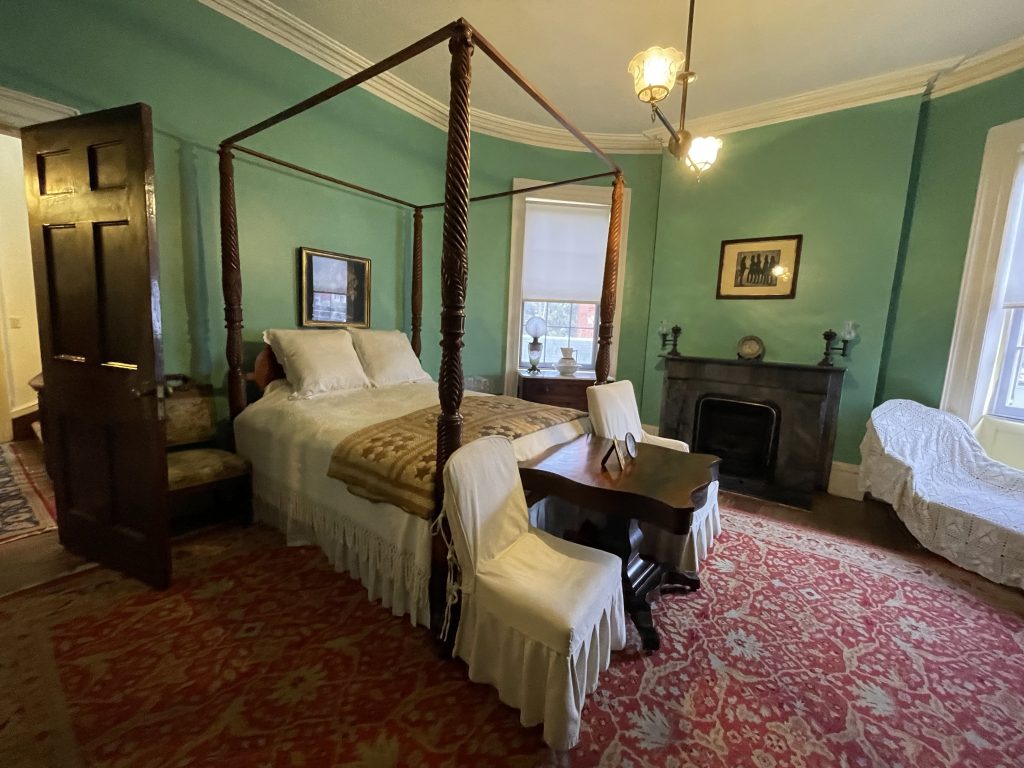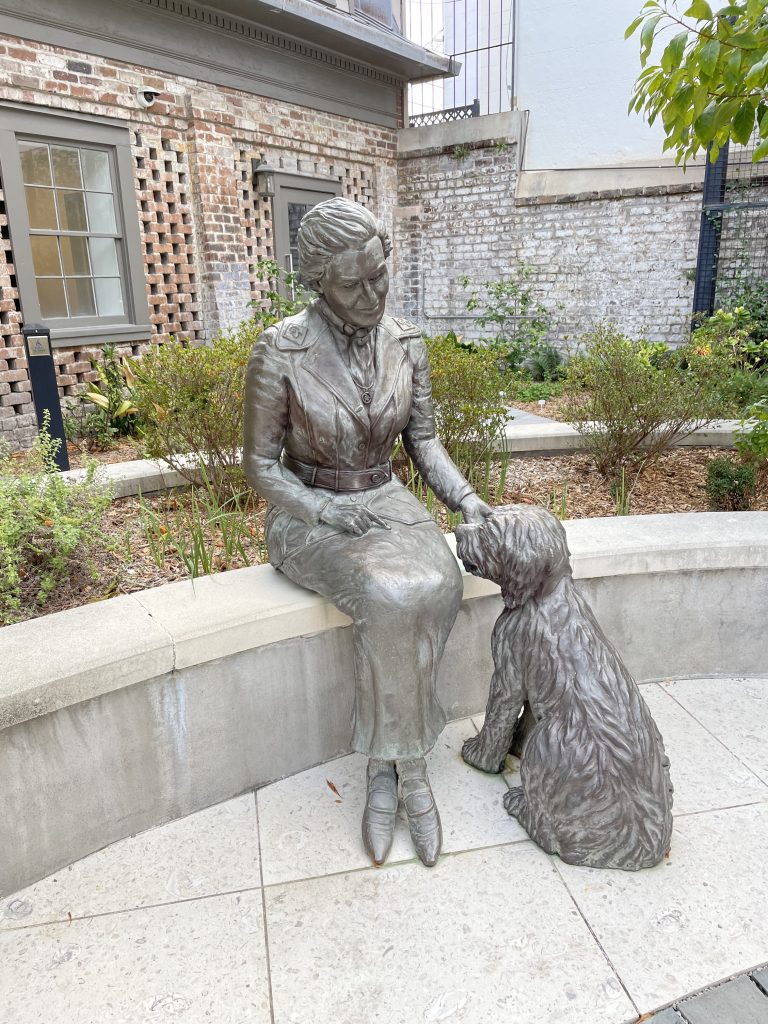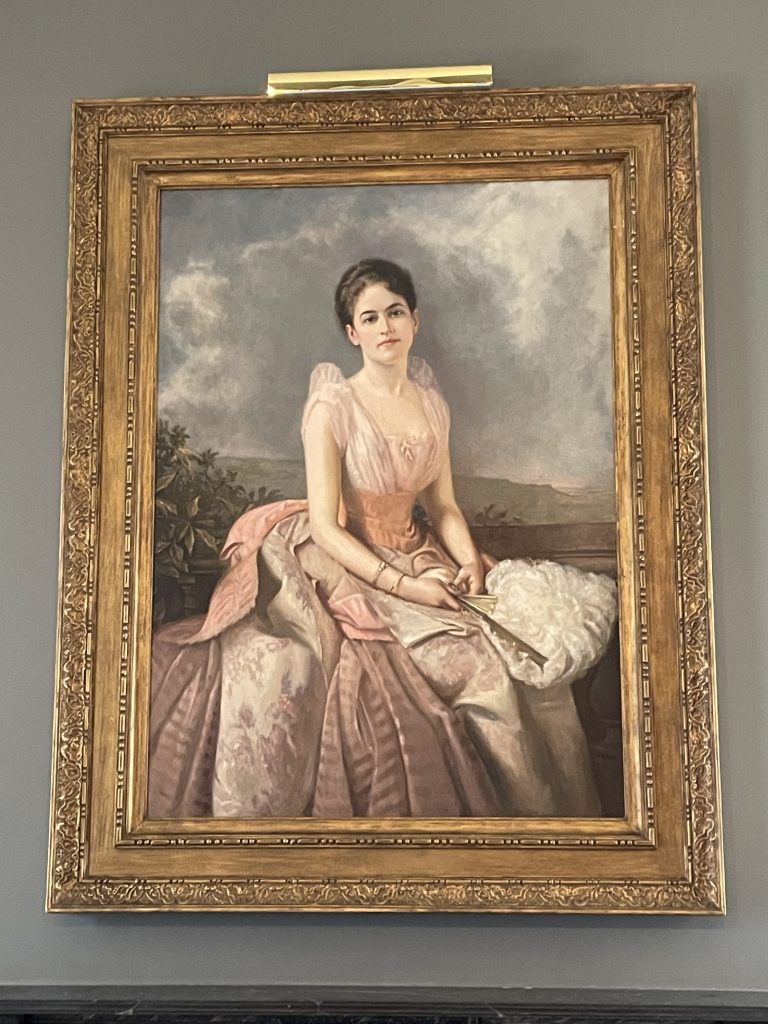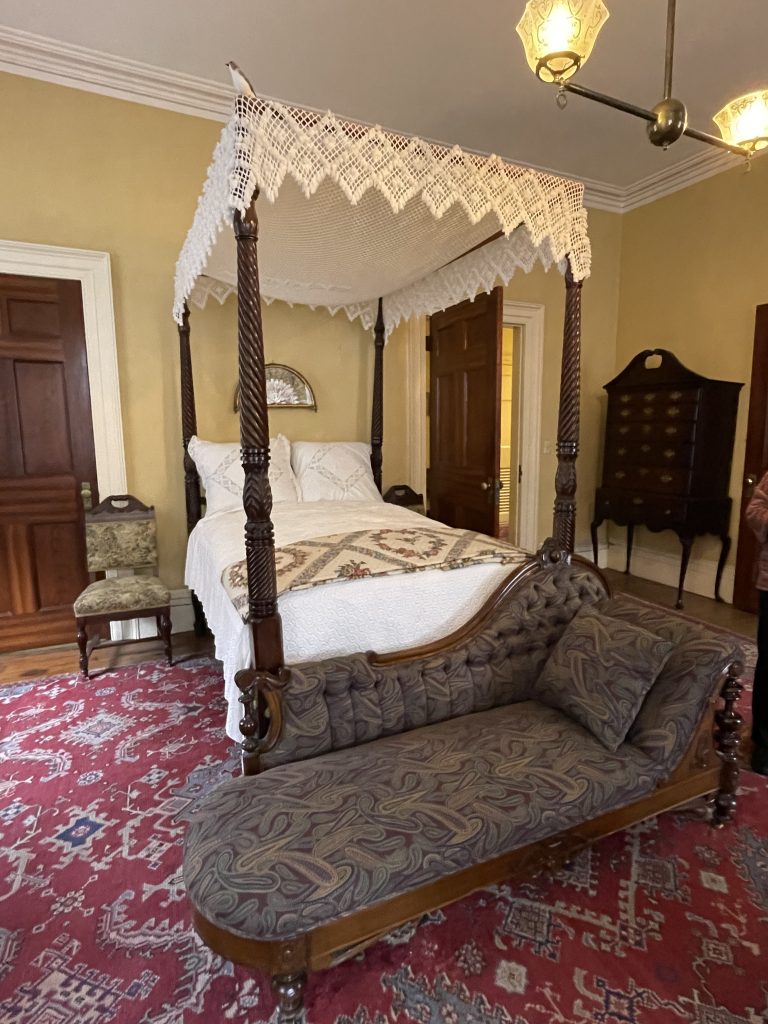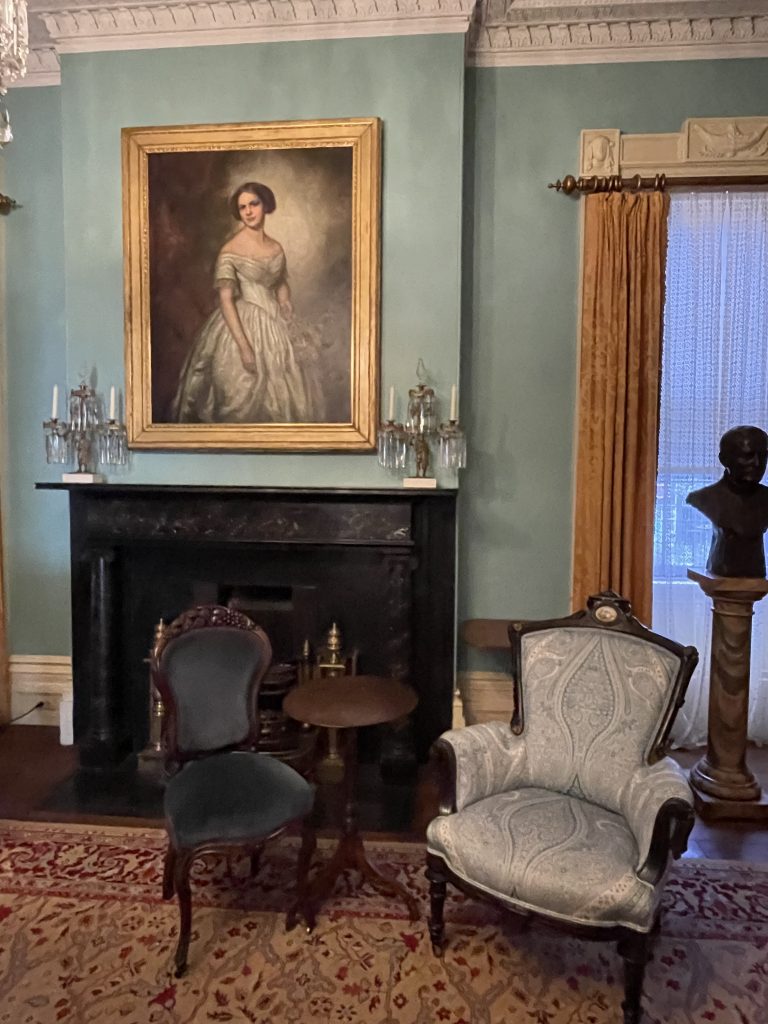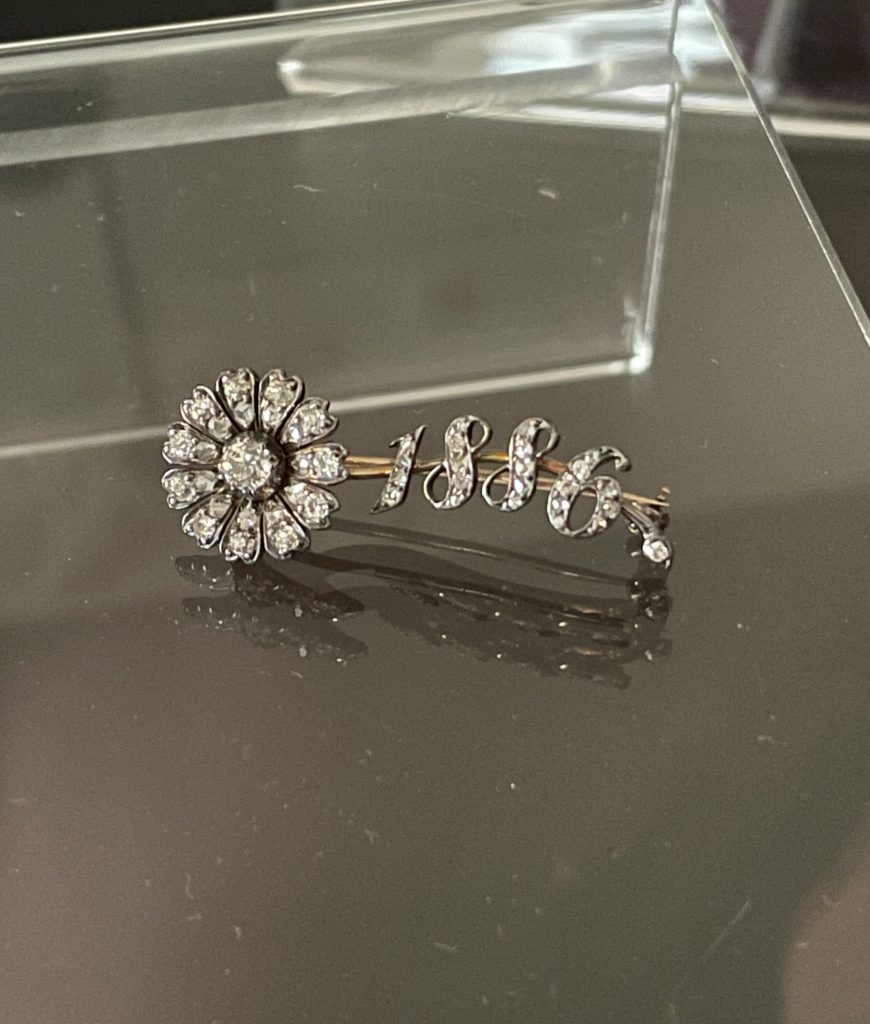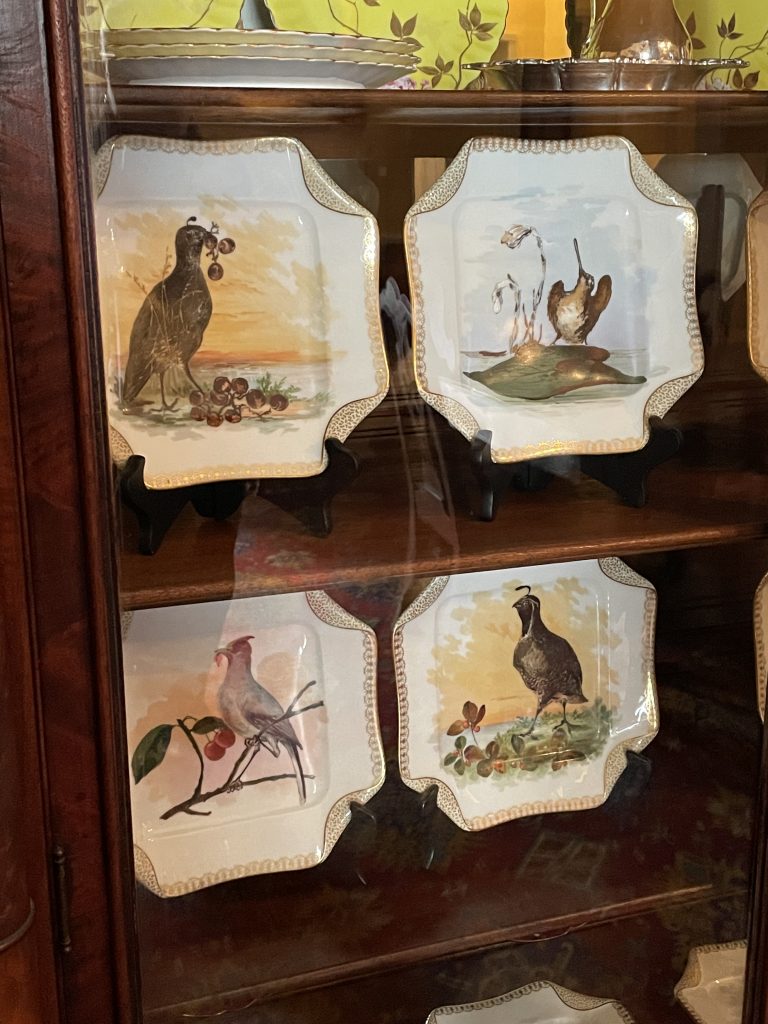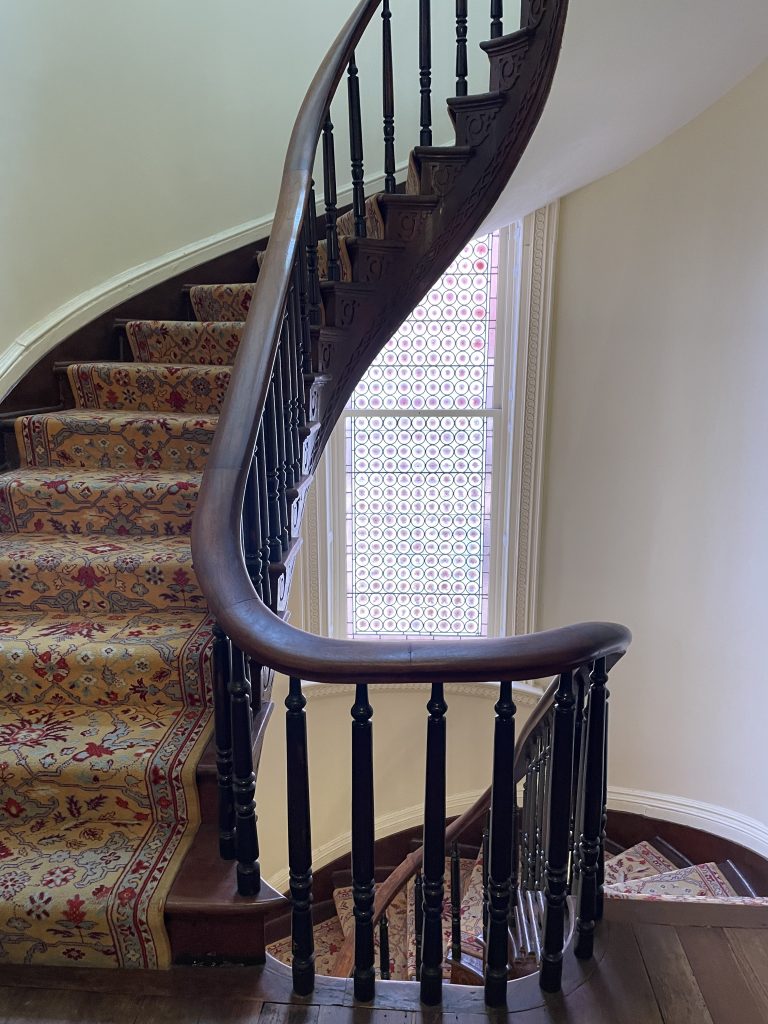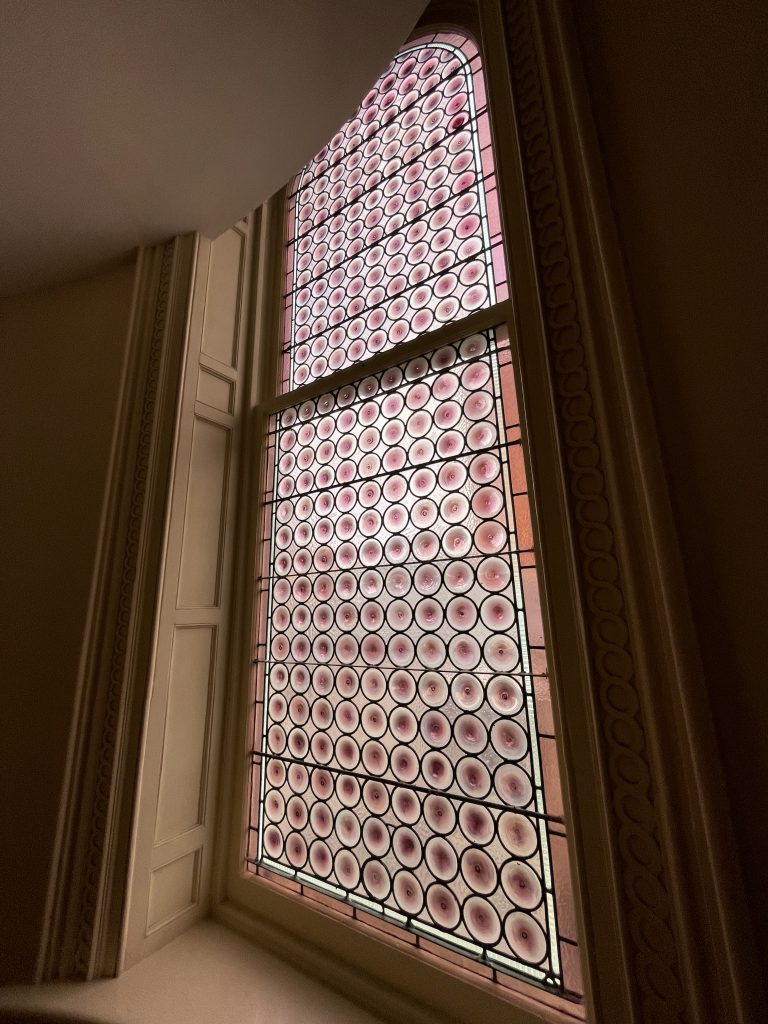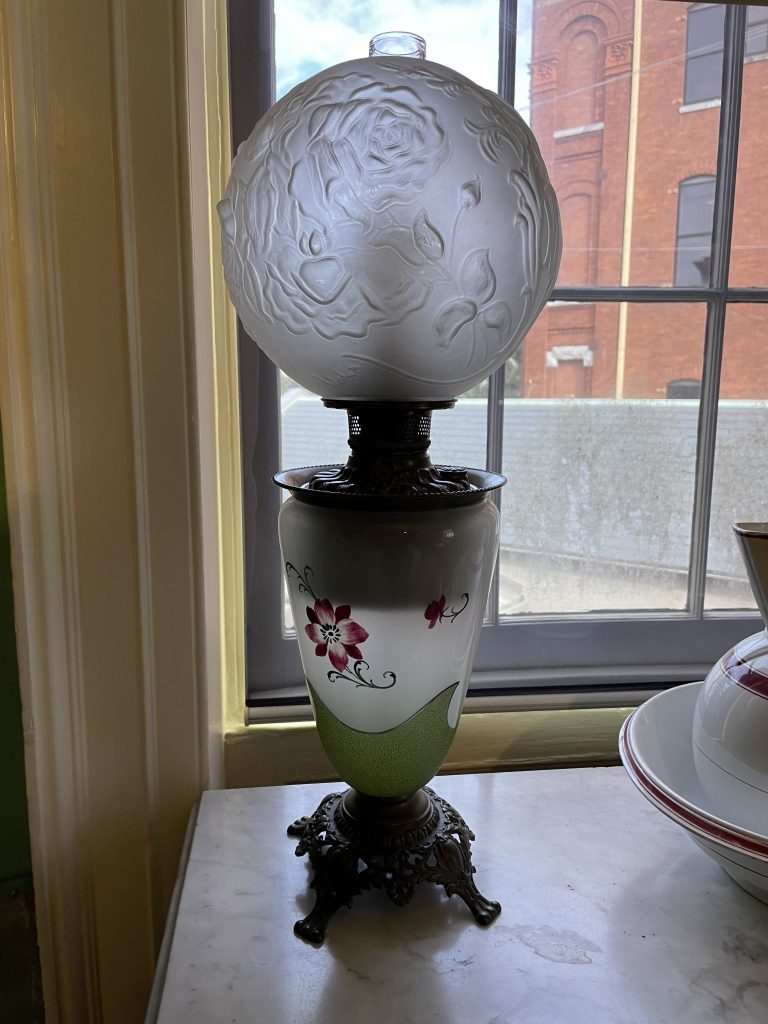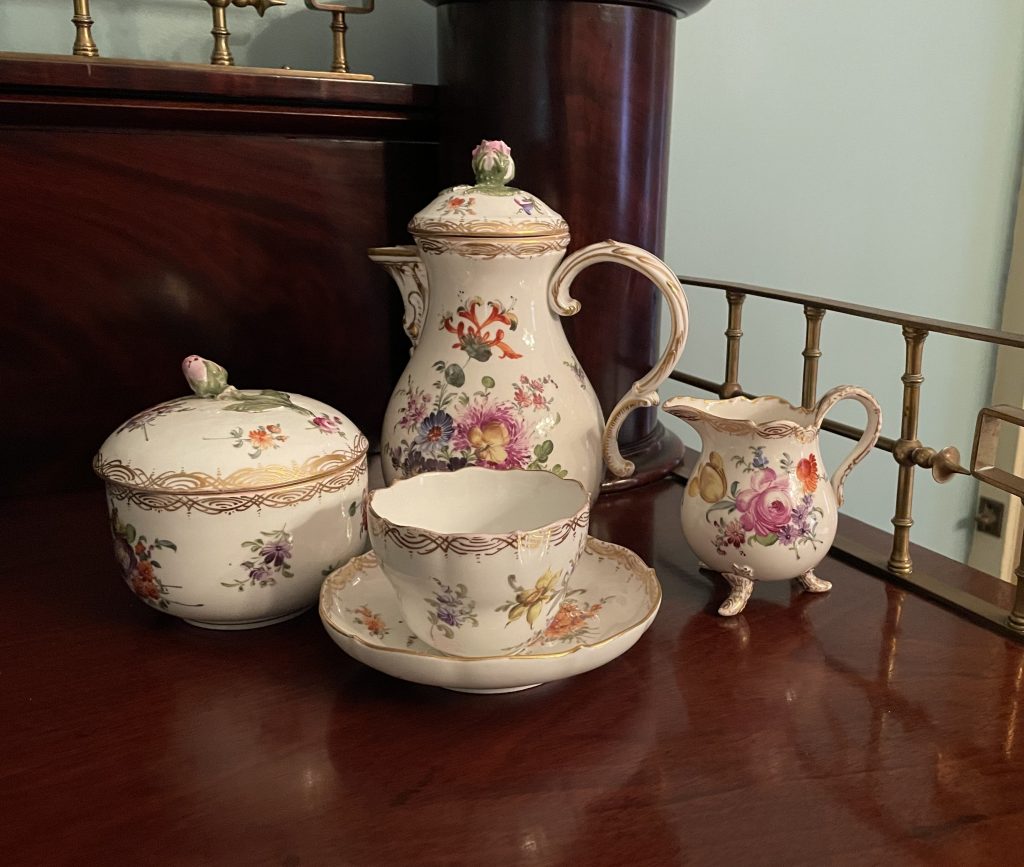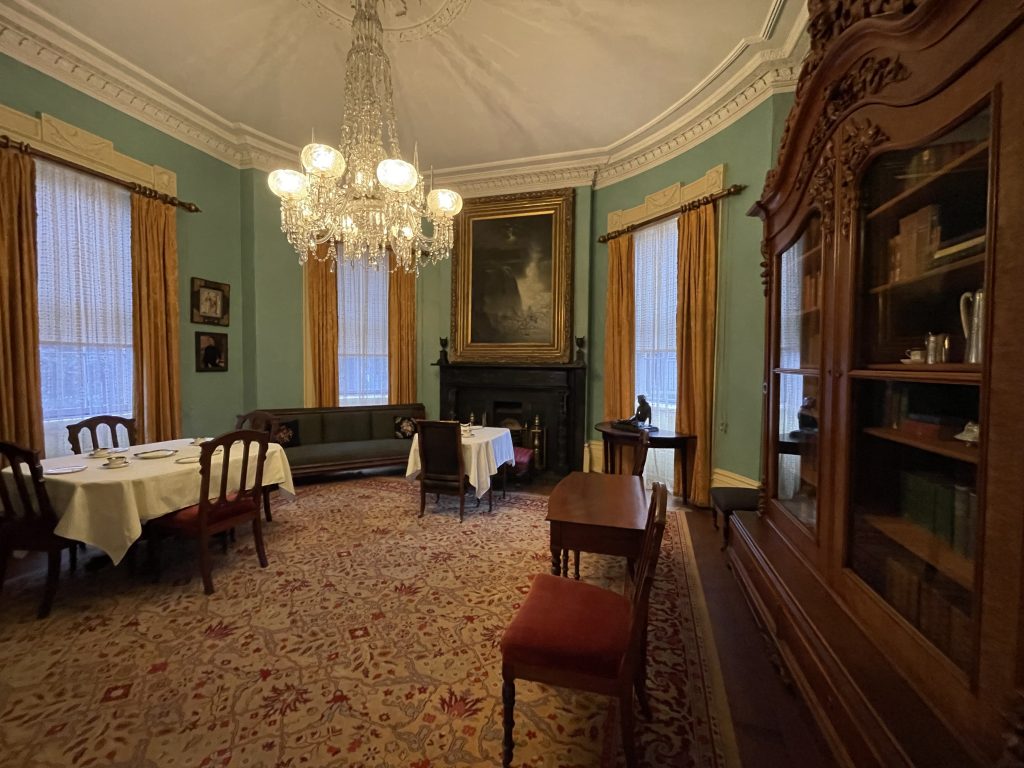Unless you were a Girl Scout, you may not know Juliette Gordon Low, but we learned she was a very interesting women. We visited the home of her early life, the Juliette Gordon Low Birthplace in Savannah, Georgia, where we wound up with a private tour and a newfound respect for this lady.
Juliette Magill Kinzie Gordon was born in 1860 to a life of wealth and privilege, as reflected in the stately Federal-style home we toured. Juliette lived in the house on and off during her childhood and teen years, being sent off for a “proper education” for some periods.
Nicknamed Daisy, the Birthplace museum’s website describes her as “a sensitive, curious, and adventurous girl known for her sense of humor, creativity, and concern for others.”


Juliette studied art and was a very talented sculptor and painter. The home includes some of her works, in fact. It was while studying art in London that she met William Low, a young man whose family had a home in Savannah (the Andrew Low home which we also toured).
Against her the advice of both parents, in 1886 she married William in a ceremony in her childhood home. Sadly, things did not go well with the marriage from the very start.
The first issue arose on the day of their wedding, when a grain of rice that was tossed at the couple got lodged in her ear.
When the doctor removed it, he punctured her eardrum. Unfortunately, Juliette was already hard of hearing (in the opposite ear) due to childhood illness. This accident left her nearly completely deaf.
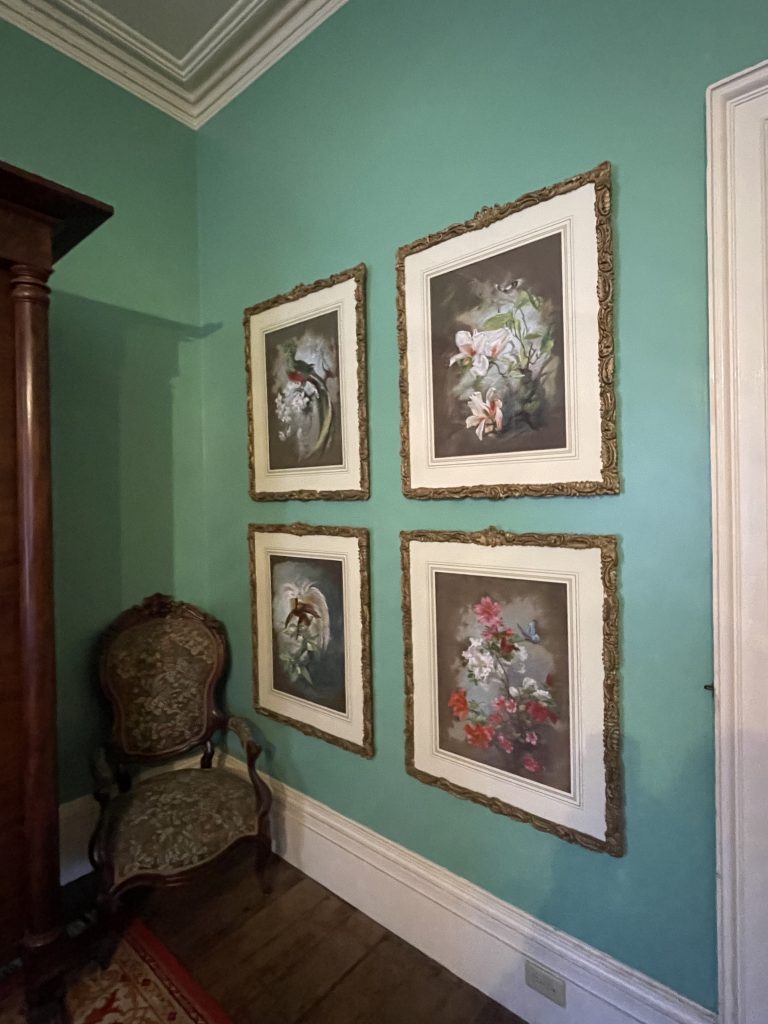
Then her husband decided to relocate the couple to his ancestral homes in England and Scotland.
Of course, Juliette had no family in Europe as William did, and her hearing issues made it difficult for her to socialize in the new country. She was very lonely.
And William, as predicted by both families, soon returned to his carousing ways, leaving Juliette alone while he partied, drank, gambled and carried on with other women. William was a semi-aristocratic ne’er-do-well — or, in current terms, a big rich jerk.
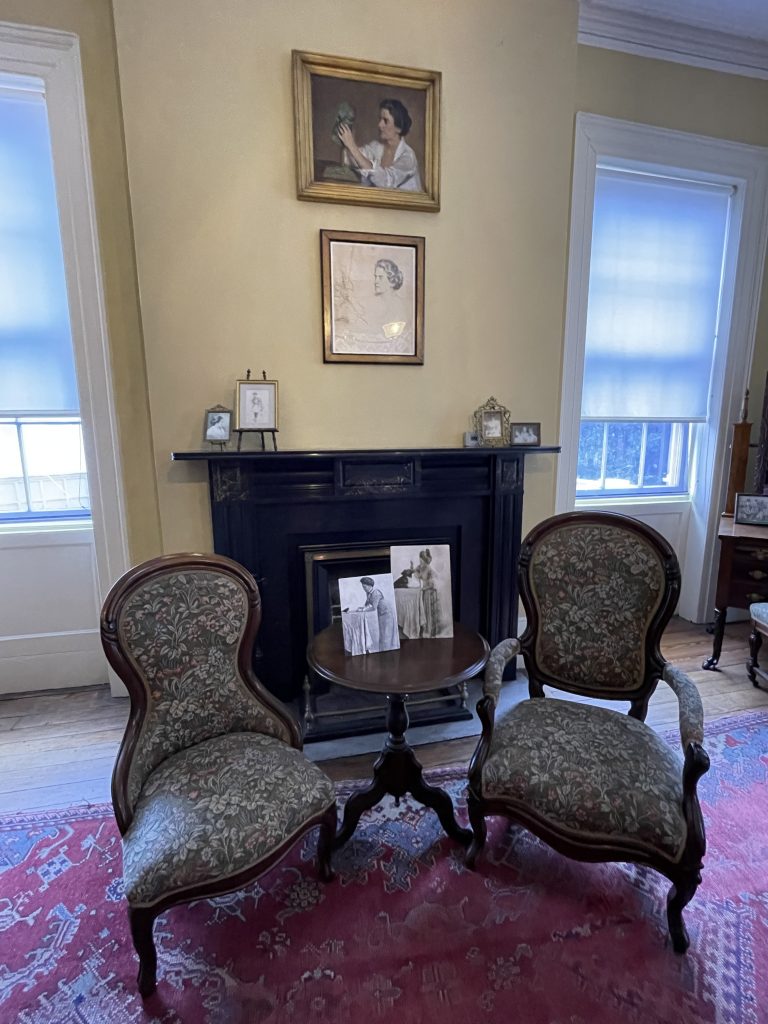
William’s gallivanting went on for several years before he (surprise, surprise) announced he wanted a divorce so he could marry his mistress.
This was completely scandalous at the time, and further added to Juliette’s sadness. The divorce took several years to finalize, during which time William fell ill. Juliette took care of him as he alternated between sickness and recovery, but eventually he succumbed in 1905, after 19 years of marriage.
Imagine Juliette’s astonishment when the will was read and discovered that her layabout chowderhead of a husband had left everything to his mistress. Yes, Juliette and William were still married at the time of his death. What a dumbling halfwit this guy was!

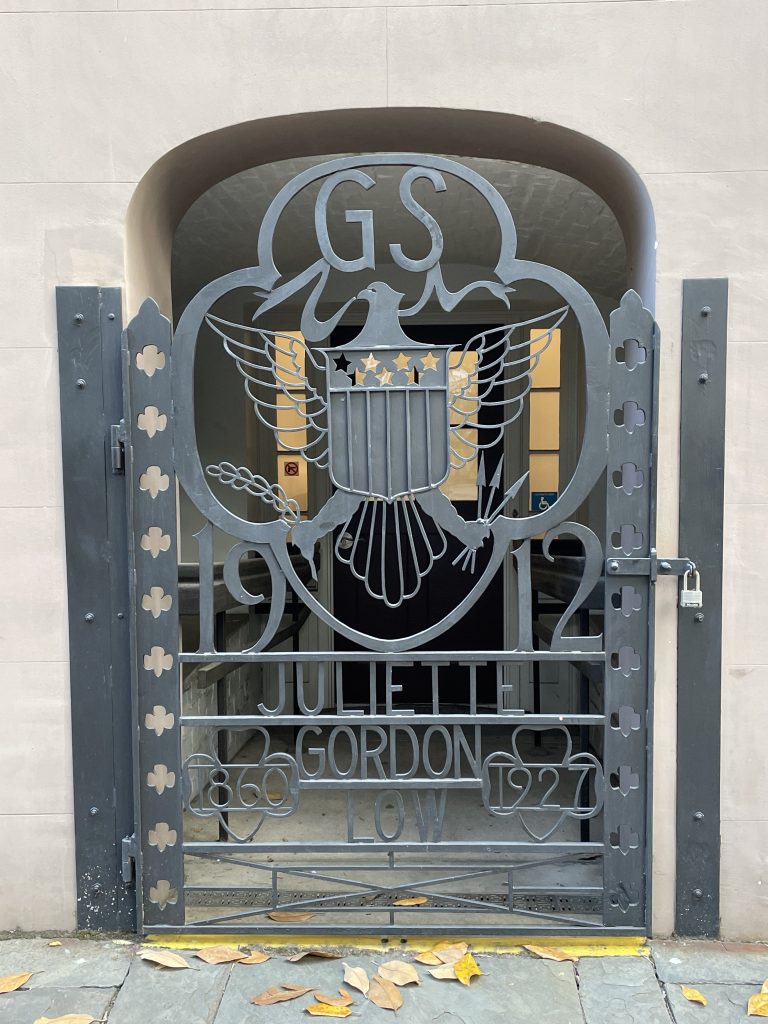
Fortunately, William’s sisters rallied the troops and successfully contested the will. Juliette was awarded the Low family home in Savannah and an annual stipend, though the mistress still made out like a thief.
During this time, Juliette befriended Lord Baden-Powell, who was the founder of the Boy Scout Movement in England. When girls began to show interest in joining, the Girl Guide program was established.
Juliette became involved with this effort, and, with Baden-Powell’s support, was inspired to test the idea in America. She returned to the U.S. in 1912, and that same year established a Girl Guide troop in Savannah.
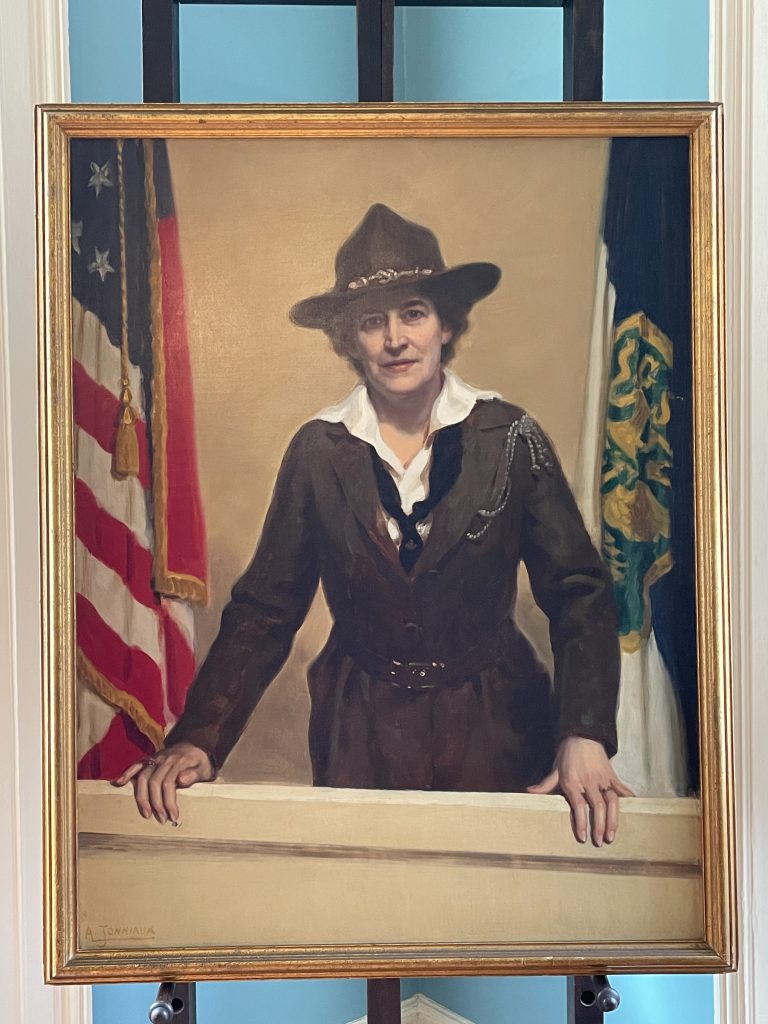
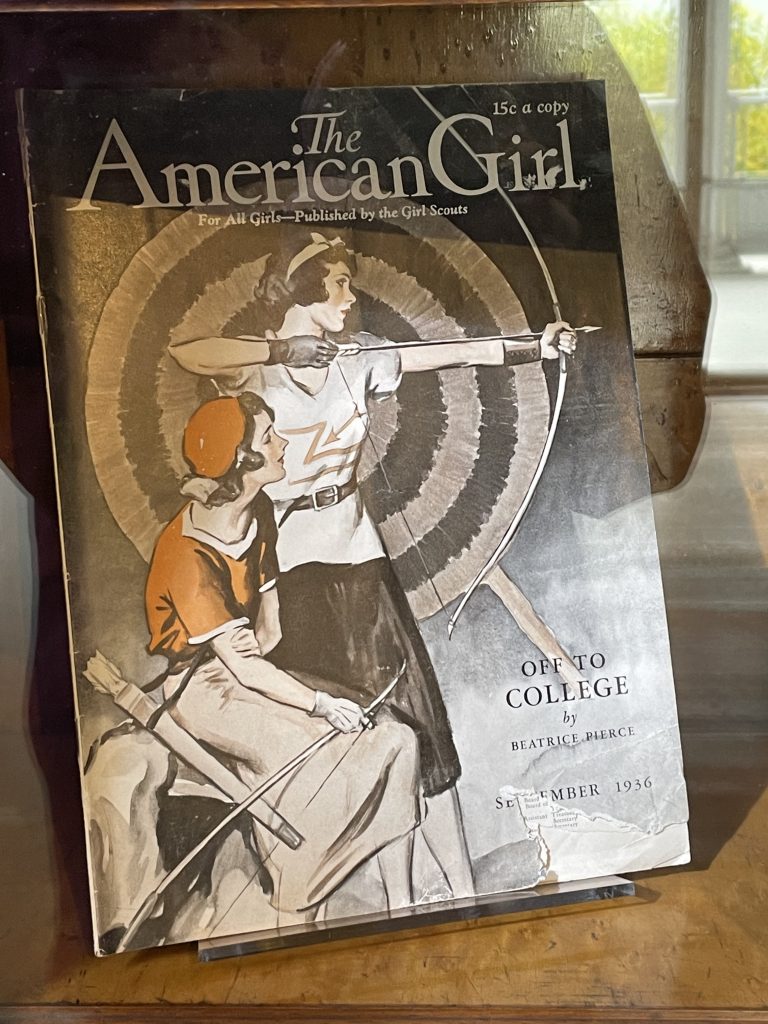

In 1915 the Girl Guides became the Girl Scouts, with Juliette as their first leader. The first meetings were held in the carriage house of the Andrew Low home that she inherited from her husband. The goal of the program was to teach girls practical skills while building moral character.
She worked tirelessly to advance the Girl Scout movement, recruiting girls as members and women as sponsors and guides.
Juliette never had any children, nor did she remarry, though she did have several suitors.
In 1923 Juliette developed breast cancer, but kept it a secret. Though she quietly tried to fight it, eventually it got the best of her. She died in 1927 in Savannah at her home at age 66.
The “birthplace” home, which was built in 1821, was purchased by the Girl Scouts in 1953. By that time, the house had been subdivided into apartments and was in disrepair. It was a major undertaking for the organization to restore the home to as it was when Juliette lived there.
Supported by a grassroots “Dollars for Daisy” campaign, Girl Scouts and their parents and leaders across the country held bake sales, fairs, and dinners, and raised nickels, dimes, and dollars for the restoration. In 1956, the house opened to the public as a memorial to a remarkable woman.
